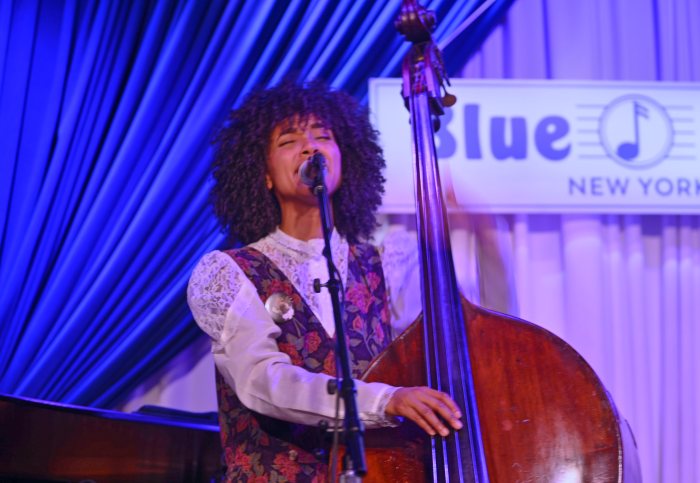From award shows like the Grammys to music-centric publications like Pitchfork to individual critics, there is a general obsession with picking the “best” song of any given year. In many ways, it’s a pointless exercise: Go ahead and try to compare a track from Kamasi Washington’s “The Epic,” maybe the year’s best jazz release, to Carly Rae Jepsen’s candy-coated “I Really Like You” in order to make a coherent argument that one is “better” than the other.
For his “The Rap Year Book,” author and journalist Shea Serrano takes a different angle on the idea of who’s the best. Instead of trying to compare sonically-different tracks from across hip-hop’s wide palette in an attempt to crown a winner, he looked at the songs of each year of rap music’s recorded existence – 1979 to now – to see which ones were the most influential, the most groundbreaking and the most vital to the genre’s development. While it’s still a question that begs debate, there can at least be evidence presented to justify why, say, Run DMC’s “Sucker M.C.’s” is more important to hip-hop than “Rappin’ Duke.”
amNewYork caught up with Serrano in advance of his book launch party at Housing Works Bookstore Cafe
Hip-hop in the early days was, in some ways, more based around mixes than songs. Did that make those early years more difficult to pick a “most important song” or easier?
Those were the easier ones, because there were so few . Back then, you could walk into a store and just buy all of the rap albums. It wouldn’t be a thing. Like with ’79, “Rappers Delight” was the obvious choice. ’81 is when Kurtis Blow came with the hook. Once you do the research and read about them, it was pretty easy to pick out which ones were the most important.
Picking one song out of 1994, one of the greatest years in hip-hop history, must have been nearly impossible. How’s you settle on Notorious B.I.G.’s “Juicy”?
That was a tough one. It was basically between him and Nas’ “New York State of Mind.” And the way we settled on that one was that [B.I.G.’s album] “Ready to Die” had a more immediate impact, everyone instantly recognized it. And “Juicy” was the one song that put him out there. And if you try to pick the one song that put Nas out there, there was never one. You don’t think about one song, you think about the entire “Illmatic” album.
The book also features rebuttals from other writers and rap fans. Did any of those counter-arguments sway you?
No, because most of the rebuttals were songs that I had considered already. Nobody threw a song out there where I was like, “I had never even thought about that.” None of the rebuttals really swayed me. But they’re really well-written, though, and I would spend three weeks working on a chapter, 2,000 words about why something was the most important song, and then I’d get 100 word blurb from Rob Harvilla, and I’d be like “[Expletive], this guy just destroyed everything I wrote.” … Nobody convinced me otherwise, but they did convince me that they are better writers than I am.
Before Kanye West’s “presidential announcement” at the MTV Video Music Awards, you wrote in this book that, if “Black Skinhead” had been the most important song of 2013, he would have run for president in 2016. Shea Serrano: Great Political Prognosticator or Greatest Political Prognosticator?
[Laughs] I’m probably the greatest. The funny thing is I totally forgot I had put that in there. … I gotta throw that in people’s faces now.
IF YOU GO: “The Rap Year Book” launch party, with a panel discussion, book signing and DJ set, takes place at the Housing Works Bookstore Café on Oct. 14 at 7 p.m., 126 Crosby St., 212-334-3324, FREE.





































